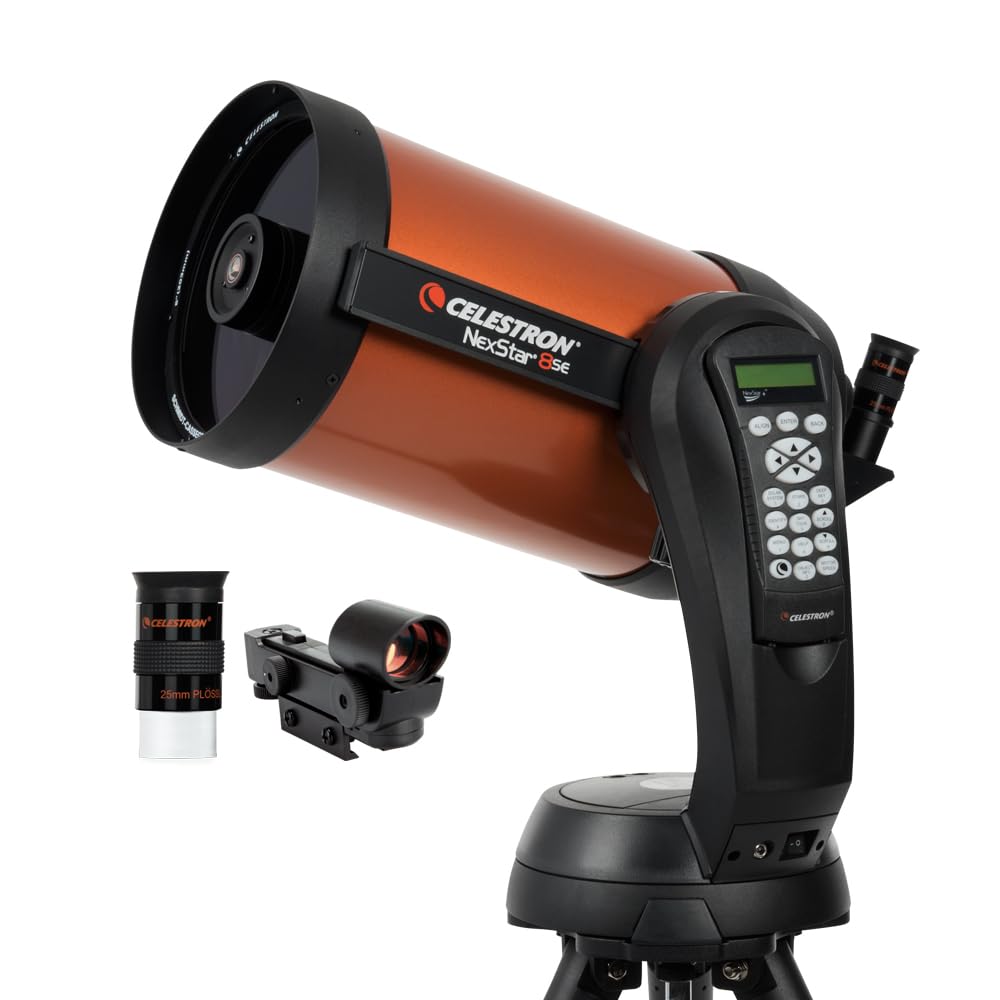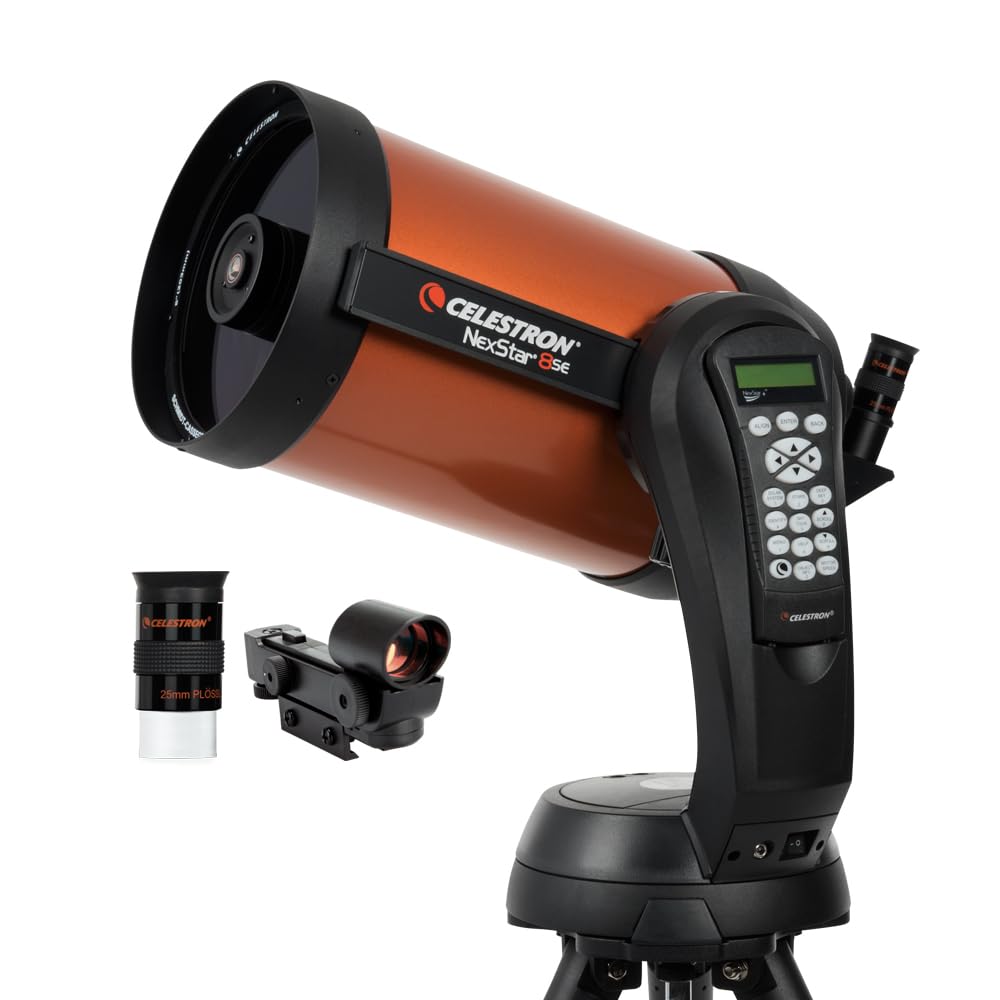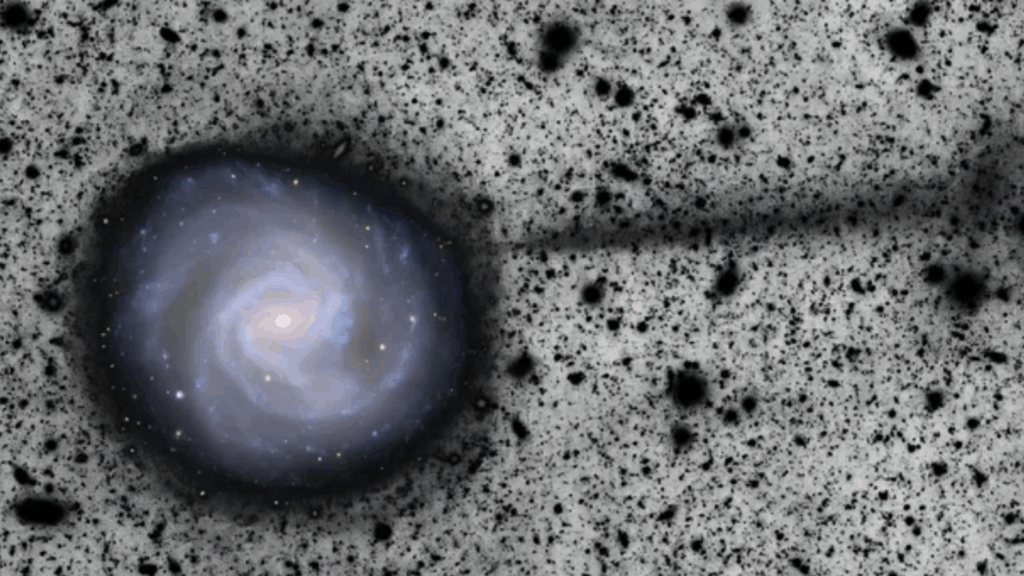Now Reading: Spot Uranus shining at its brightest this year — here’s what to expect on Nov. 21
-
01
Spot Uranus shining at its brightest this year — here’s what to expect on Nov. 21
Spot Uranus shining at its brightest this year — here’s what to expect on Nov. 21

November is the best month of 2025 to catch a glimpse of the distant ice giant Uranus as it shines at opposition, though you’ll still need a telescope if you hope to spot the elusive planet hiding among the stars of the constellation Taurus.
TOP TELESCOPE PICK

If you want to take a look at Uranus, we recommend the Celestron NexStar 8SE. It’s pricey, but well worth the investment as it provides top imagery for planets, stars and beyond while offering crisp views across the field of view and a useful magnification of up to 180x. You can check out our Celestron NexStar 8SE review for more info!
The ice giant shines with an apparent brightness — or magnitude — of +5.6 around the time of opposition, which means that it’s technically possible to spot it with the naked eye under perfect dark sky conditions. (On the magnitude scale used by astronomers, lower numbers signify brighter objects). For example, at its brightest, the planet Venus shines with a magnitude of about -4.6.) However, a pair of binoculars or ideally a backyard telescope with an aperture of 8 inches (200mm) or more will make spotting the ancient world a whole lot easier.
How to find Uranus
Look to the east in the hours following sunset on Nov. 21 to find the stars of the constellation Taurus shining low on the horizon, with the combined light of the Pleiades open star cluster glowing roughly 10 degrees, or the width of your clenched fist held at arm’s length, above it.

Uranus can be found in a patch of sky less than 5 degrees to the lower right of the Pleiades, appearing as a tiny aqua dot against the blackness of space. Whilst this may seem underwhelming at first glance, it’s important to remember exactly what you’re looking at — a world 1.72 billion miles (2.77 billion km) from Earth, four times the size of our blue marble, which has only been visited by a single spacecraft in the history of our species.
Hoping to catch a glimpse of Uranus in November? Then check out our roundups of the best telescopes, binoculars and smart telescopes available for purchase in 2025. If astrophotography is your passion then be sure to read our guides to the best cameras and lenses for capturing the night sky to ensure that you’re ready to immortalize the next big stargazing event!
Stay Informed With the Latest & Most Important News
Previous Post
Next Post
-
 012024 in Review: Highlights from NASA in Silicon Valley
012024 in Review: Highlights from NASA in Silicon Valley -
 02Panasonic Leica Summilux DG 15mm f/1.7 ASPH review
02Panasonic Leica Summilux DG 15mm f/1.7 ASPH review -
 03How New NASA, India Earth Satellite NISAR Will See Earth
03How New NASA, India Earth Satellite NISAR Will See Earth -
 04And Thus Begins A New Year For Life On Earth
04And Thus Begins A New Year For Life On Earth -
 05Astronomy Activation Ambassadors: A New Era
05Astronomy Activation Ambassadors: A New Era -
06SpaceX launch surge helps set new global launch record in 2024
-
 07Space Force plans new ‘Futures Command’ amid pressure to speed up modernization
07Space Force plans new ‘Futures Command’ amid pressure to speed up modernization




















